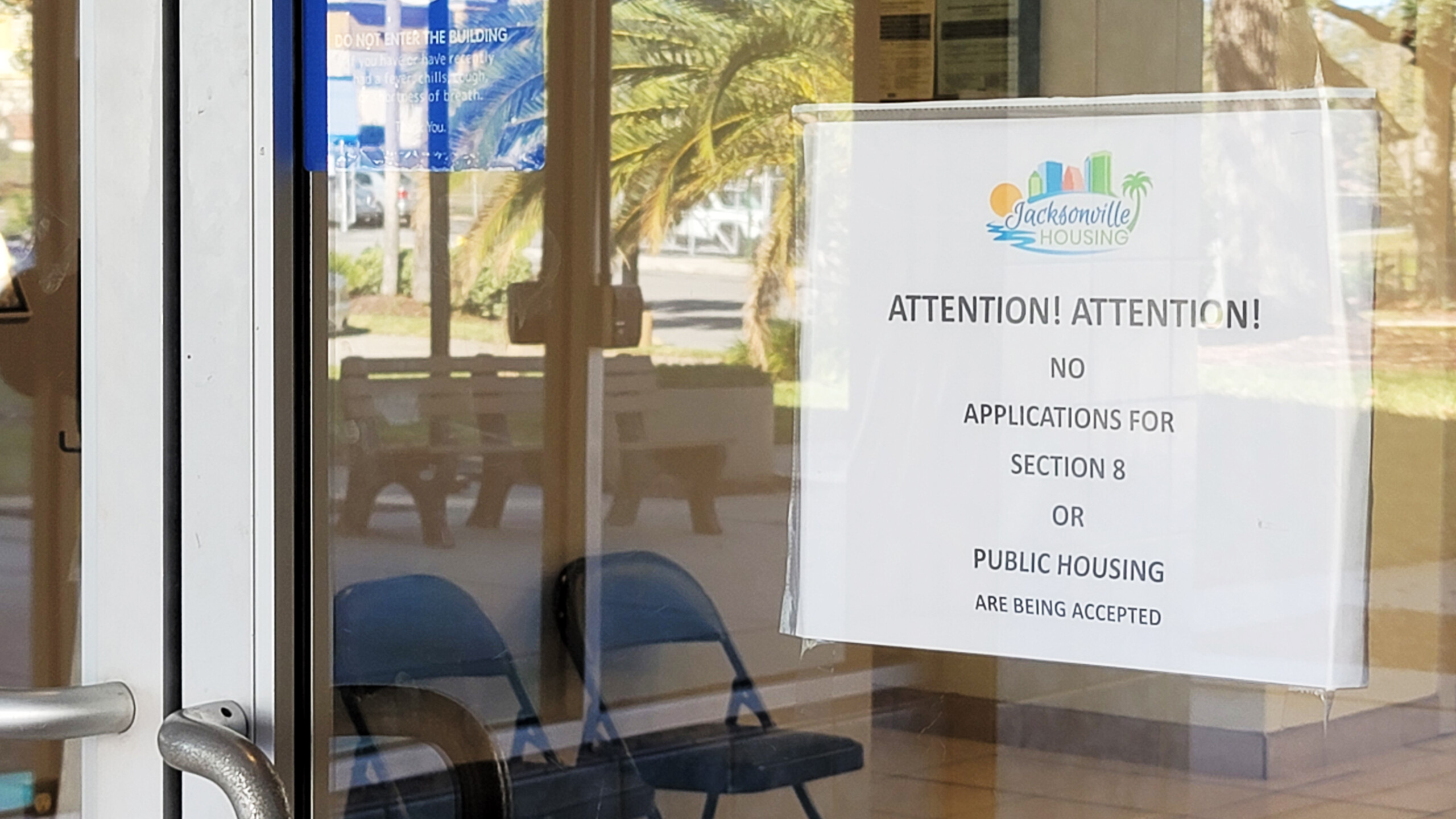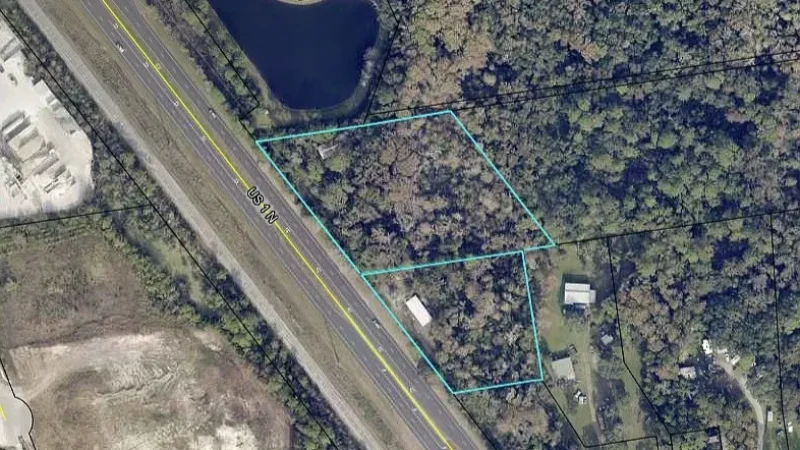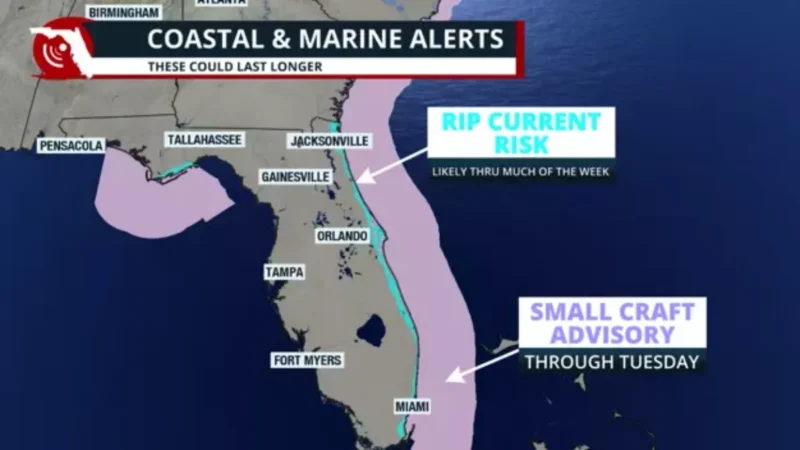This week, City Council pushed through several measures to help address the affordable housing crisis in Jacksonville. But what exactly is “affordable housing”?
The term sometimes seems relative. What’s affordable to one person might not be affordable to someone else. And the term “workforce housing” is often used interchangeably with “affordable” or “attainable housing.”
There’s a difference between the two terms. It comes down to how much money a family makes.
Affordable housing
Affordable housing is legally defined by both the Florida Legislature and the U.S. Department of Housing and Urban Development as housing that does not cost more than 30% of the area median annual gross income for a household.
Meanwhile, a 2022 Florida Housing Coalition report on affordable housing states that a household making at or below 30% of the area median income is “extremely low income,” while a household at or below 50% is “very low income” and up to 80% of the median income is “low income.”
Those definitions follow HUD’s definitions.
HUD updates the median income numbers each year, and they’re categorized by how many people inhabit the household. For a family of four living in the Jacksonville metro area in 2023, the median income is $93,300.
The latest thresholds for assisted housing programs can be seen in the chart below:
Low income, very low income and extremely low income housing falls within the purview of the Jacksonville Housing Authority, which is tasked with managing housing for Duval residents who find themselves on the low end of the income spectrum. In a recent interview, CEO Dwayne Alexander said HUD defines low income households as those making 80% or less of the area median income.
For a family of four in Jacksonville, HUD defines households making $70,800 or less as low income.
Workforce housing
A family making above 80%, up to 120% of area median income, would be candidates for workforce housing, according to state law. And the term is most often used to indicate a program targeted at households that earn too much to qualify for traditional affordable housing subsidies. Often, the term has been associated with specific industries, such as teaching, law enforcement or retail.
Housing experts have said there needs to be a solid mix of housing available to people of all income streams.
Joshua Hicks, director of Jacksonville Affordable Housing and Community Development, said efforts by Mayor Donna Deegan’s administration, as well as City Council and nonprofits, are all moving toward trying to fill the gap in affordable housing for everyone after years of letting the housing issue slip.
“This is not a new crisis,” Hicks said in a recent interview. “This is a crisis that we’ve been dealing with for 15 years. And the only way we’re going to get ourselves out of it is by devoting the resources for long term inventory development — for housing. Not just attainable, middle, moderate income housing and affordable housing, but also low income housing, working with the Jacksonville Housing Authority and other groups to build that inventory of housing that we need.”







